3 Ways to Setup Google Analytics 4 On Your Website

Google Analytics 4 is the latest version of Google Analytics, a leading Google-powered website analytics tool.
Google Analytics 4 will be an upgraded version of Universal Analytics, which for years has been the industry standard in analytics.
Google Analytics 4 is drastically different from Universal Analytics. Google Analytics 4 has features that aren’t available in Universal Analytics, but some features have also been removed.
Google has announced that Universal Analytics will stop processing new hits starting from July 1, 2023, which means that Universal Analytics will stop collecting data starting from July 1st, 2023. All users who want to continue to use Google Analytics have to use Google Analytics 4 starting from July 1st, 2023. We recommend you set up Google Analytics 4 on your website prior to July 1st, 2023 so you can start collecting data and become familiar with GA4 sooner rather than later.
If you want help with setting up GA4 on your website, you’re in the right place. This is a guide on how you can set up GA4 on your website.
First, you need to Google Tag Manager on your website. Google Tag Manager is a tag management system which lets you add custom codes, tracking interactivity on a website, and more. You can then install GA4 using GTM (we will cover that later).
How to setup Google Tag Manager
You can login to GTM using your email address or the email address that you want to use for your GTM account. From there, click on Create Account.

Then, populate the account information with your company name, website URL, geographic location, and the type of platform you want to track (e.g. website, iOS apps, etc.).
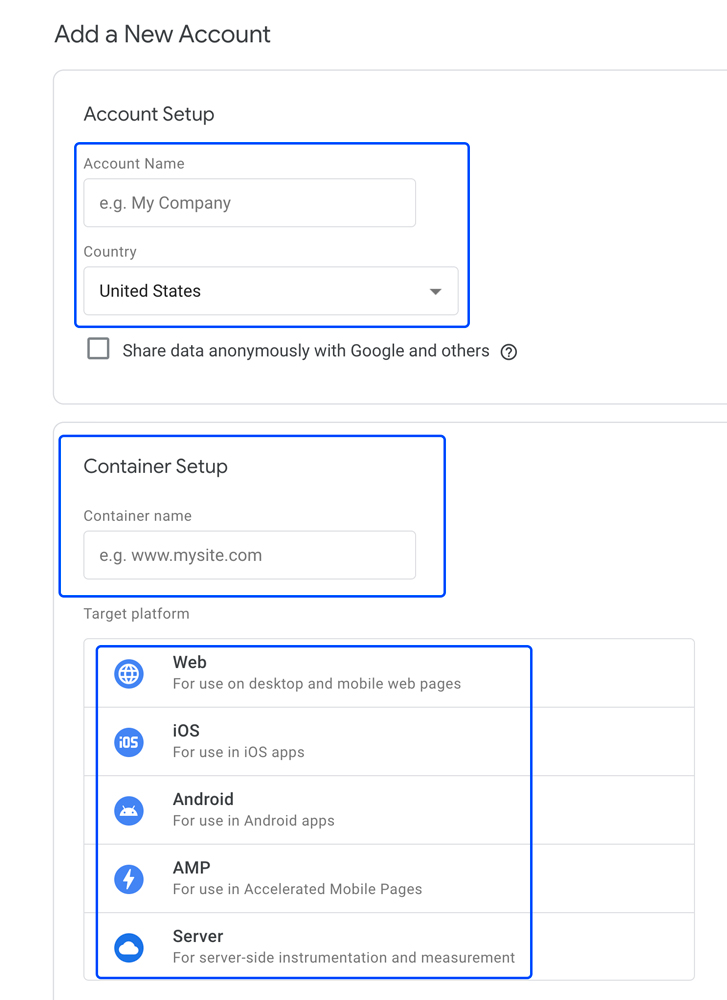
Now your GTM account has been set up. To integrate your GTM account with your website, go to the Admin section in your GTM account and click on Install Google Tag Manager.
Then, copy and paste the codes in your website’sandsections, respectively.

There you have it – your GTM has been set up and installed on your website. Let’s move on to installing GA4 on your website.
Create a New Property and Add the GA4 Code Onto Your Website Using Google Tag Manager
If you have an Universal Analytics account already, you can create a GA4 account by going to the admin section and click on + Create Property.
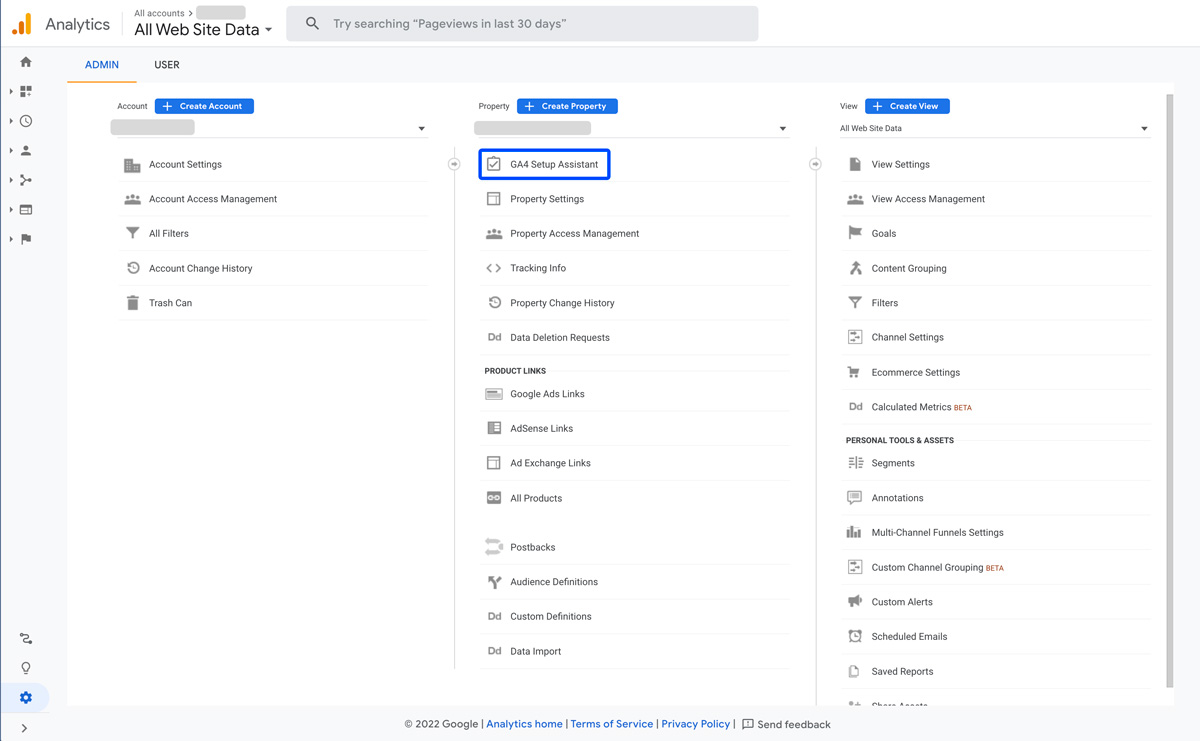
Then, add property name, reporting time zone, and company information.
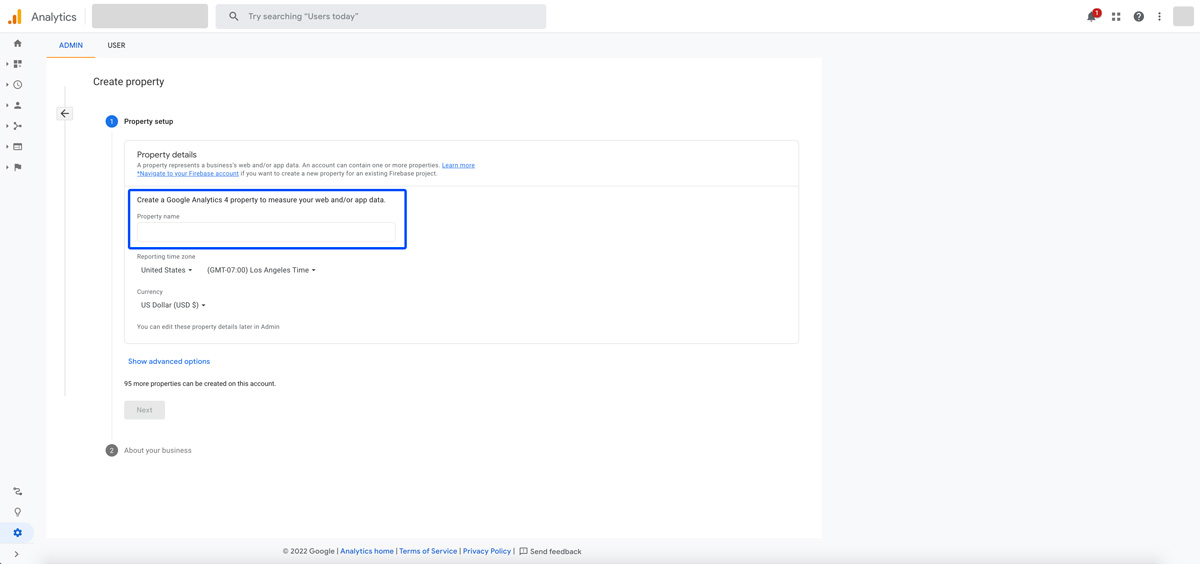
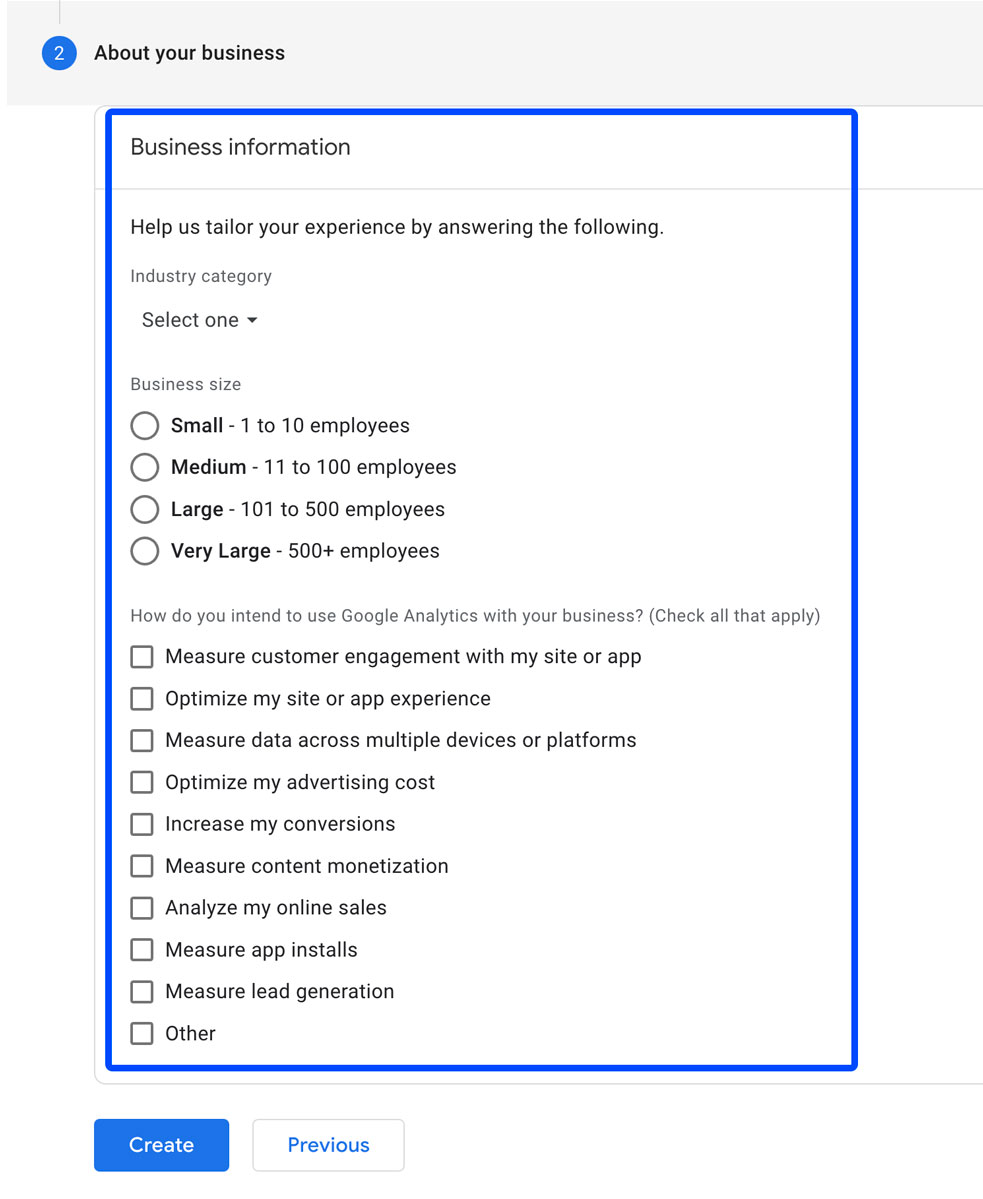
Done! You now have a GA4 account.
Now that you have created your GA4 account, you can integrate it by adding your account’s Measurement ID to GTM.

To do so, first copy your Measurement ID in your GA4 account (in the Admin > Data Streams section).
<pThen, go to your GTM account, click on the Tags section in the navigation bar on the left hand side, and select Google Analytics: GA4 Configuration.
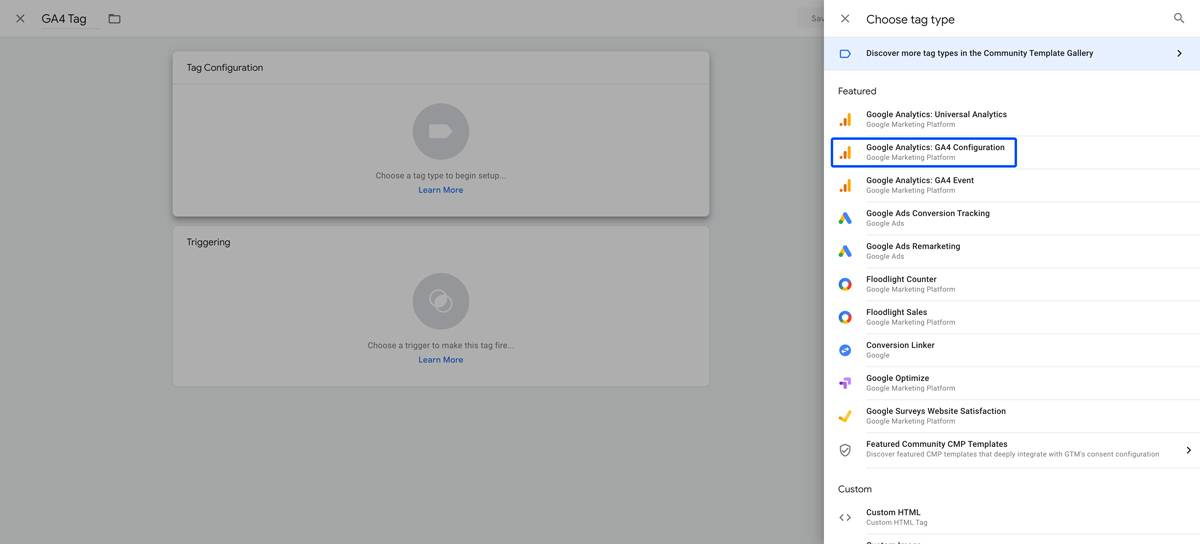
Then, paste your Measurement ID in the Tag Configuration section and select All Pages under Triggering. Click Save and publish this tag and GA4 will be tracking on your website!
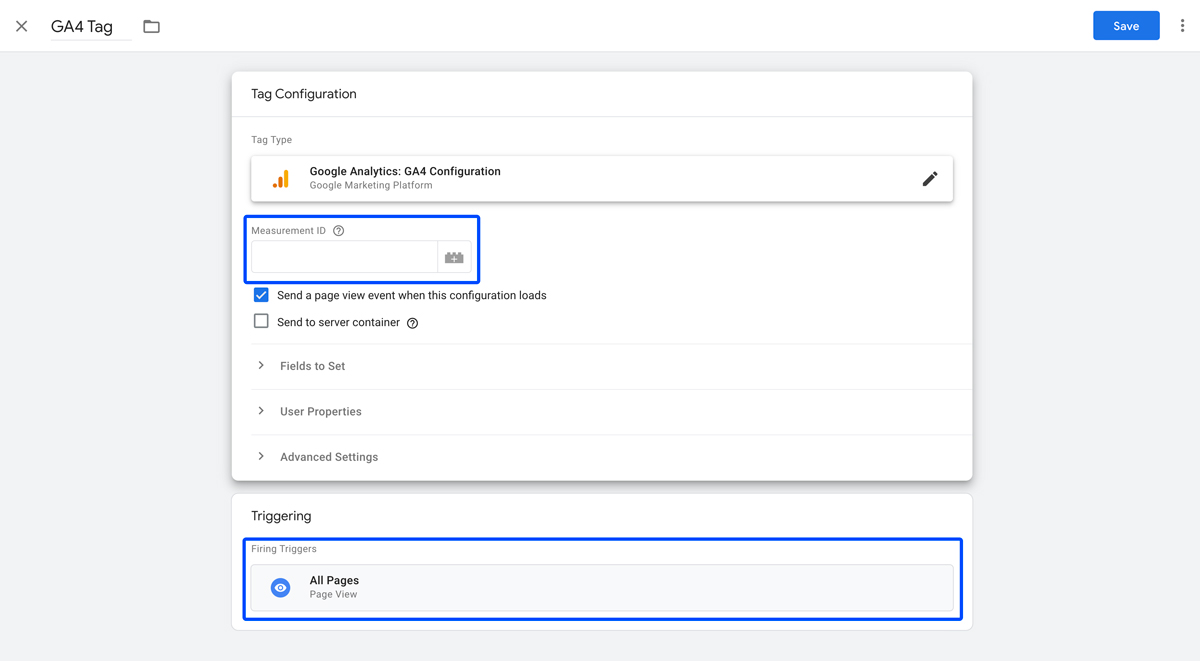
Add Google Analytics Tracking Code via Google Tag Manager Custom HTML
First, copy and paste your Google Analytics global site tag.

Then, go to your GTM account, select Tag, and click on Custom HTML.
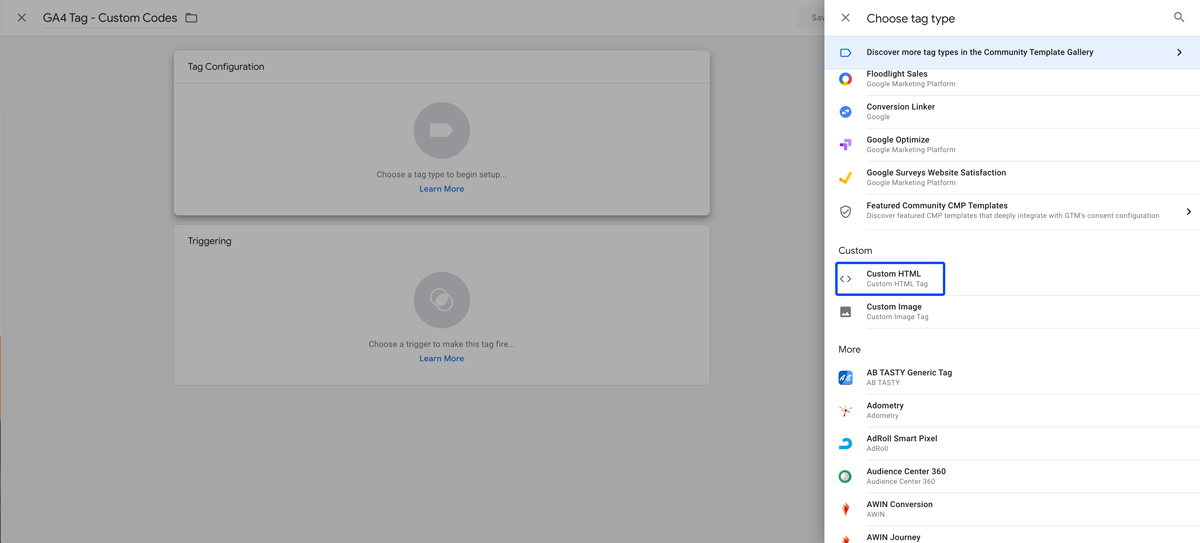
Then, paste your Google Analytics code into the field and select All pages for Triggering
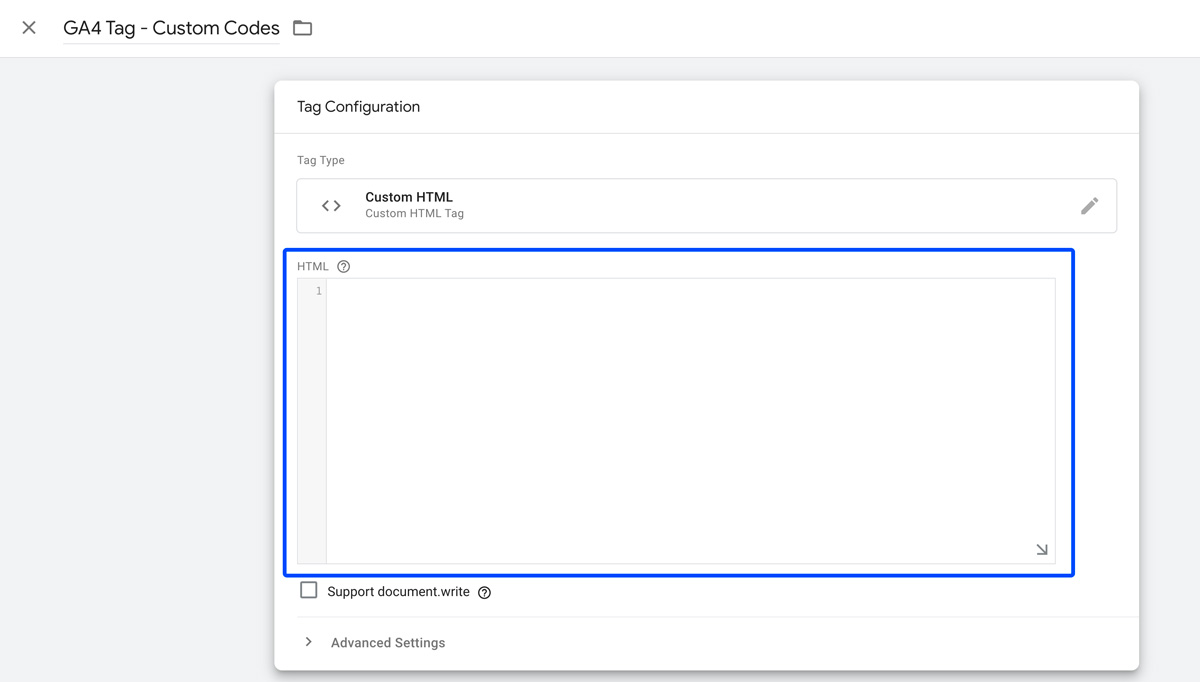
Once you have taken these steps, save on the tag, publish it and GA4 will work on your website.
Use GA4 Setup Assistant
If you already have Universal Analytics (UA) set up and integrated with your website, you can use GA4 Setup Assistant to set up GA4.
To do so, go to the Admin section of your UA account and click on GA4 Setup Assistant.
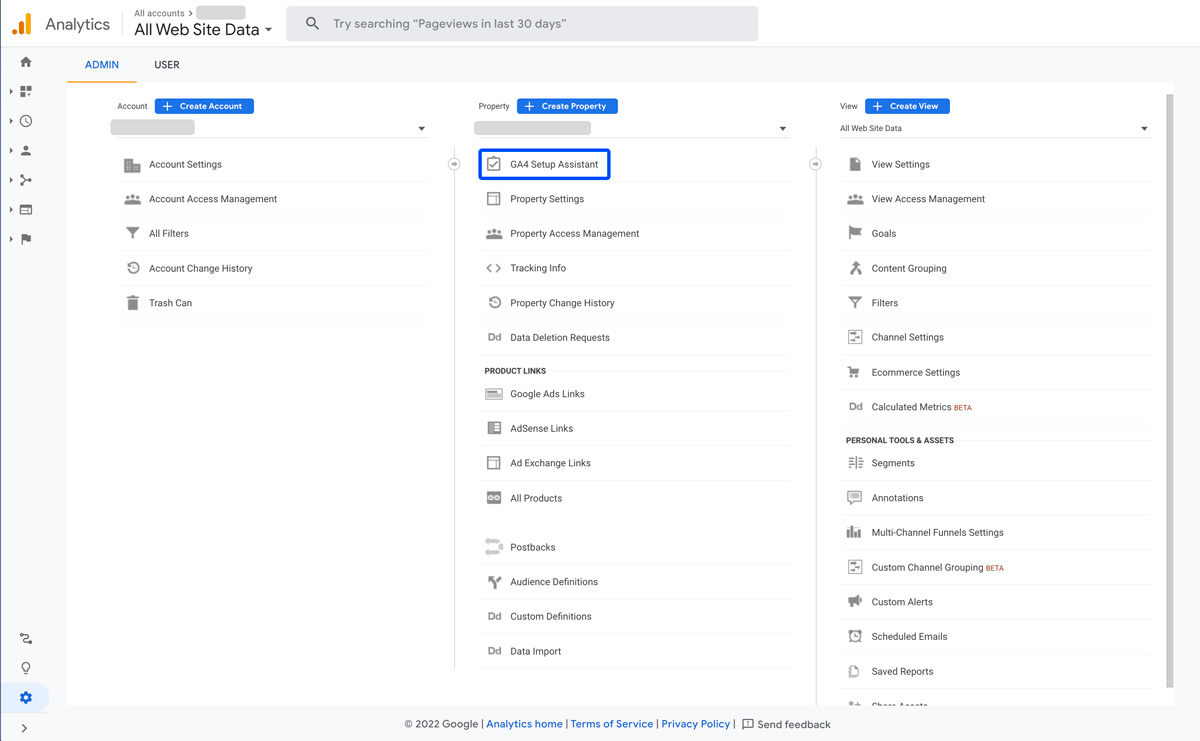
Click on Get Started under the “I want to create a new Google Analytics 4” property
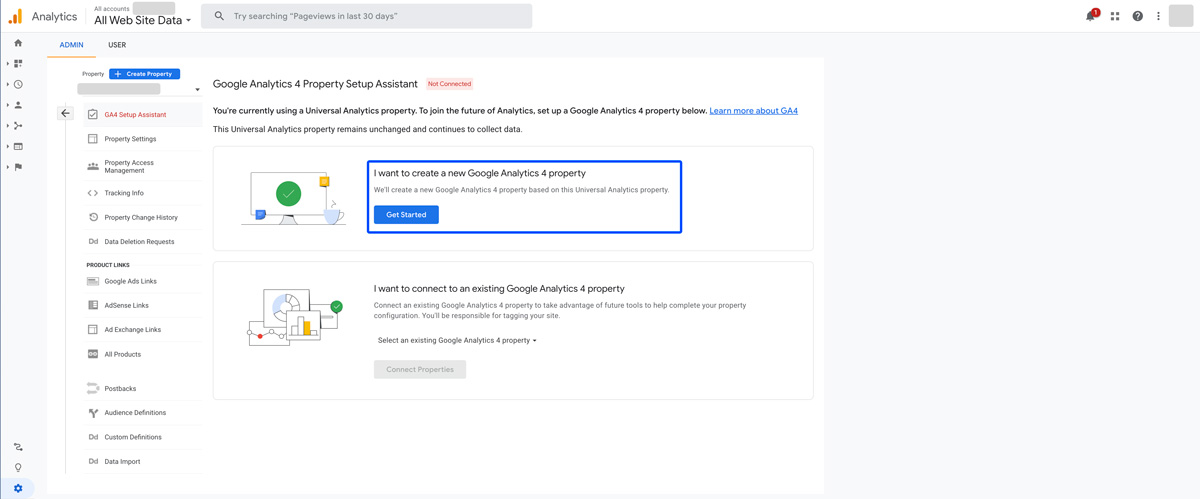
After you have clicked on Get Started, you’ll create a GA4 account, which you can configure using the instructions from section 1 or section 2 above.
If you have any questions about GA4 or want help with setting up GA4 on your website, please book a discovery call with us and we’d be happy to help.

